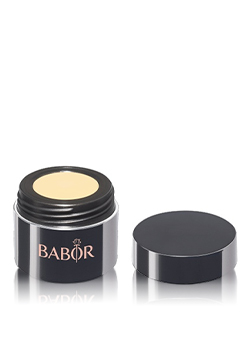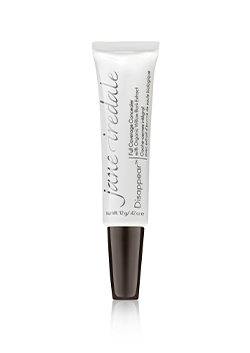What's Your Scar Type & How to Treat It
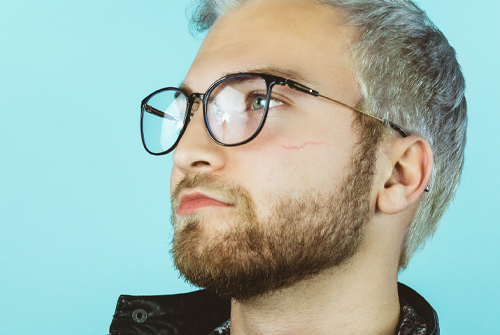
Posted By May
Healing is a process. It's a journey that takes a lot of time, effort and patience. Not only that, it often leaves scars that tell a story of how it came to be.
Whether you see it as a battle scar worth showing off, or if you want to erase it as an unwanted remnant of a bittersweet past, we support you all the way.
Whether you see it as a battle scar worth showing off, or if you want to erase it as an unwanted remnant of a bittersweet past, we support you all the way.
As far as science goes, without surgical/dermatological treatment, scars don't entirely go away after healing. Topical ointments/creams can help heal and reduce its appearance, but the scar remains. Fortunately, not all hope is lost. Let's explore the ways to help improve the appearance of scars.
But first, get the lay of the land. You might have to tailor-fit the solution to what kind of scar you have, the timing and how minor/severe the healed wound is.
Scars are the marks left on the skin after a wound/injury has healed. Depending on the situation, you can have different kinds of scars:
What's your scar type?
Scars are the marks left on the skin after a wound/injury has healed. Depending on the situation, you can have different kinds of scars:
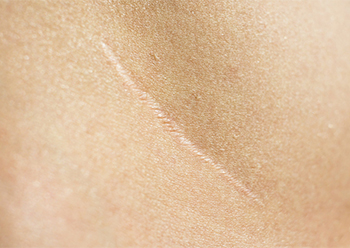
|
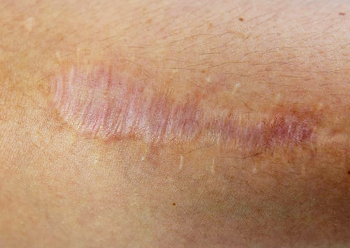
|
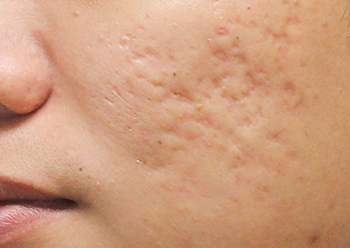
|
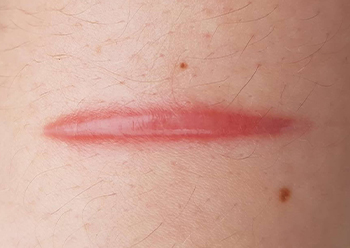
|
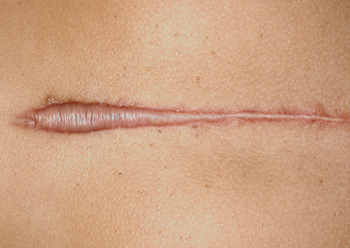
|
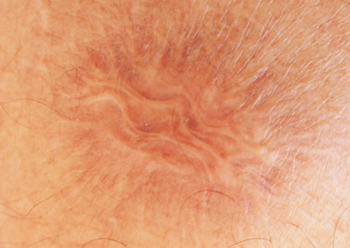
|
Give It Time to Heal
Since scars naturally fade in time, you might want to observe it first to see if you really need the treatment.
Give it about six months to a year before attempting to reduce/remove the scar.
6 ways to treat scars
Scars fade but do not disappear entirely without surgery. Here are some ways to treat scars and help your body heal:
1. Conceal/camouflage
2. Laser Therapy
Laser scar removal minimizes the appearance of scars for a few sessions in a non-surgical way with no downtime. Unlike surgical scar removal that requires incisions, Laser Scar Removal uses fractional laser light to break down scar tissue and trigger healthy new tissue production.
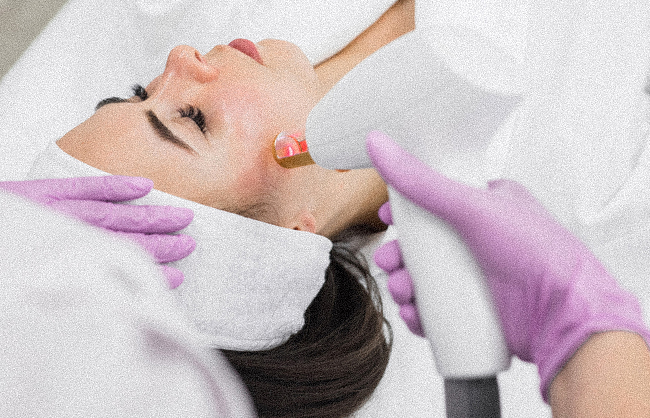 |
3. Dermal Fillers
When injected in the skin, the filler safely replaces the hyaluronic acid the skin has lost, restores its volume and smoothens facial wrinkles and folds. It will plump up tissues and bind collagen stores.
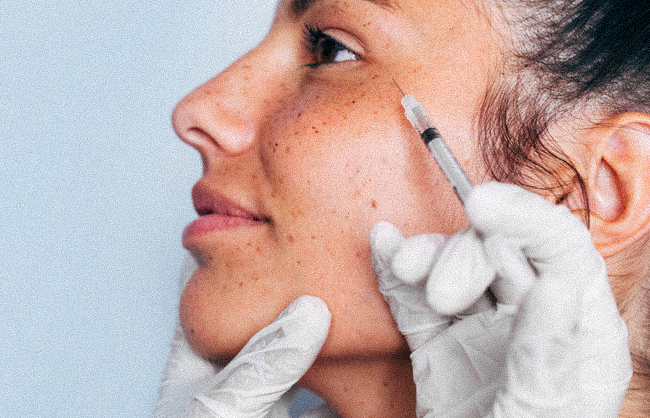 |
4. Skin Needling
Micro-needling reduces fine lines and wrinkles, yielding younger-looking skin with fewer signs of aging. The SkinPen® technology that Eternal Skin Care uses also has a very positive effect on hyperpigmentation, scarring, and stretch marks, creating refreshed and brightened skin.
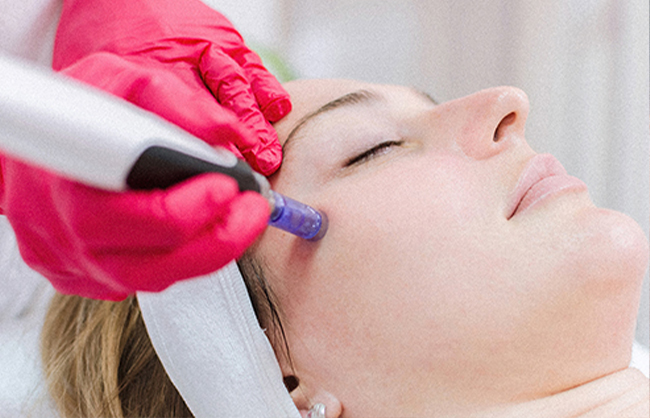 |
5. Surgery
Scars can be removed surgically, such as through skin grafts and excision. Skin grafting is a process of getting a part of your skin and using that to remove/replace the scarred skin. Excision is surgically removing the scar.
6. Massage & Scar Creams
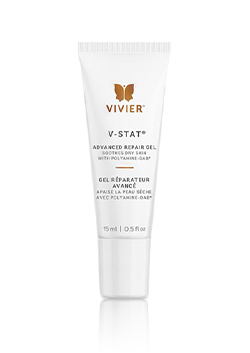 VivierSkin V-STAT Advanced Scar Gel |
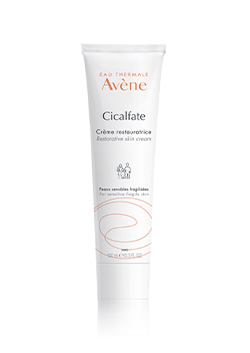 Avene Cicalfate Restorative Cream |
Depending on how minor or grave your wound/scar is, make sure to consult your doctor as well on top of doing your homework. Our dermatological advisors are always on standby to help you answer any skincare questions you may have. Just reach out to us, your skincare partner for life.
VIEW REFERENCES:
- https://www.webmd.com/beauty/cosmetic-procedures-scars#2
- https://www.nhs.uk/conditions/scars/
- https://images.ctfassets.net/iqo3fk8od6t9/lD0RdZVimpgepL0G4chMJ/6bb369ee8835d51180c553a050a4459f/Close_up_of_scar_on_skin.jpg
- https://thumbor.forbes.com/thumbor/fit-in/1200x0/filters%3Aformat%28jpg%29/https%3A%2F%2Fspecials-images.forbesimg.com%2Fimageserve%2F5f4d4dcd8bd08d633ff0b3fb%2F0x0.jpg
- https://i0.wp.com/post.healthline.com/wp-content/uploads/2019/07/Acne-Boxcar-Scar-face-1296x728-body-1-1296x728.jpg?w=1155&h=1528
- https://healthjade.com/wp-content/uploads/2018/11/hypertrophic-scar.jpg
- https://www.tamiralife.com/wp-content/uploads/2021/05/keloid1-edited-scaled.jpg
- https://www.mederma.com/wp-content/uploads/2021/03/Mederma_Type-of-Scars_05_contracture-scars.jpg
- https://eternalskincare.ca/images/portfolio/services-Main.jpg
- https://eternalskincare.ca/images/microneedling.jpg
- https://eternalskincare.ca/images/portfolio/projects-4.jpg
